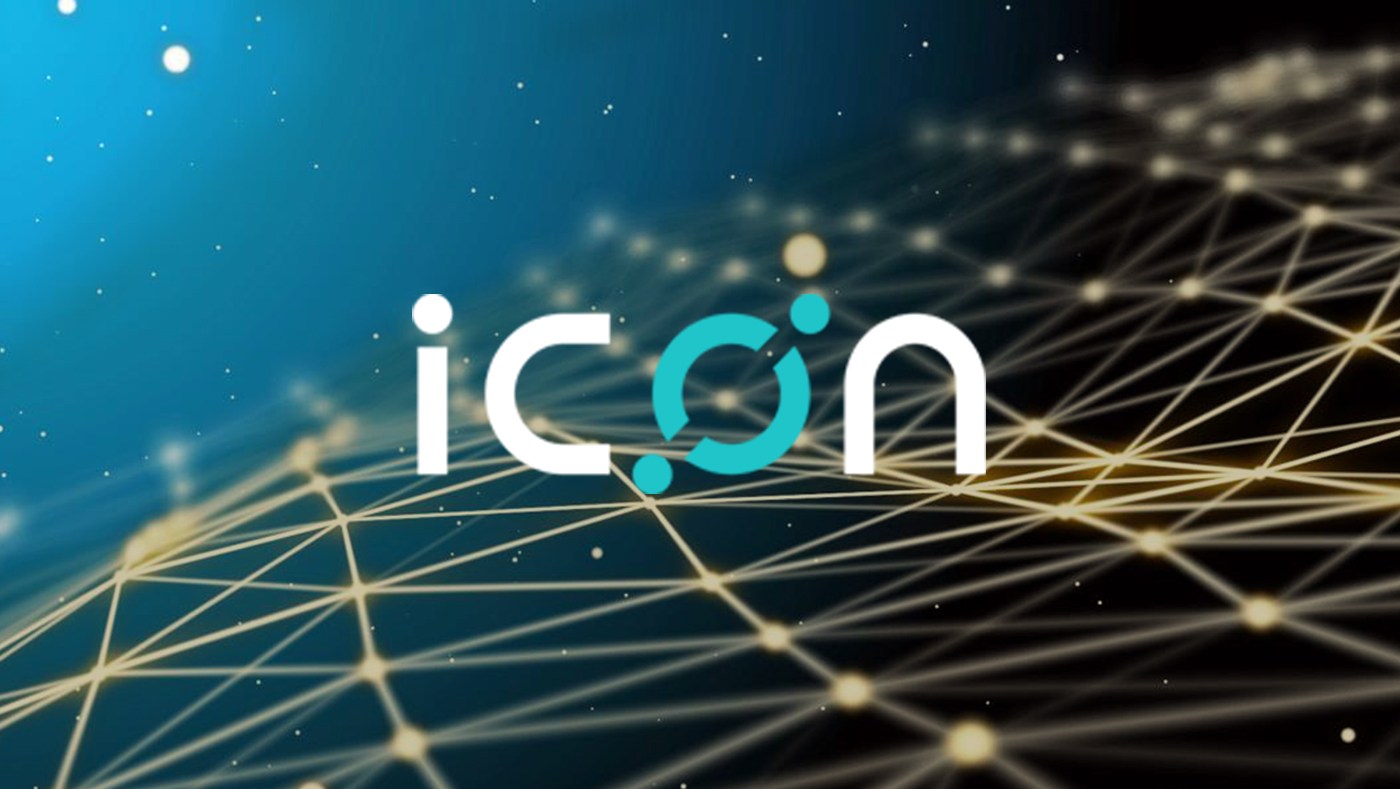
Icon aims to build a decentralized network of networks powered by cryptocurrencies.
In this way, Icon describes its goal as being to establish a “digital nation” wherein different economic actors can issue and control their own forms of value, under the rule systems they select.
The inspiration behind the design is the structure of real-world economies, in which businesses, nonprofits, and public institutions, all leverage a common means of value (a national currency), yet remain distinct but interoperable economic actors.
Put another way, the idea is that computer applications can use the Icon software as infrastructure to create their own currencies and economies. Computers running the software (nodes) can then elect to support economies in the Icon ecosystem according to their interests.
The Icon Republic acts as the center of the Icon blockchain’s operation, governing the process by which new ICX cryptocurrency is minted in each block.
Who created Icon?
Founded in 2017, Icon was released by the Icon Foundation, an organization based in South Korea that drives the development for the project.
In September 2017, an initial coin offering (ICO) for Icon’s cryptocurrency, ICX, raised 150,000 ETH (roughly $43 million) in a sale that included 50 percent of Icon’s token supply.
The official Icon blockchain launch occurred in January 2018 and ICO participants received their ICX cryptocurrency in June of that year.
In 2019, Icon released its own token standard, IRC16, which allows users to issue tokenized assets and securities.
How does Icon work?
The Icon blockchain uses a delegated proof-of-stake consensus algorithm to determine which nodes can add new blocks to its blockchain.
The idea, used by other major cryptocurrencies like Tron and EOS, is that by not determining blocks through competition (like mining), the network can more quickly reach consensus.
Icon’s blockchain, in particular, ensures collaboration between five major components.
These include:
- Icon Republic – The network’s governing structure and the decision committee for the blockchain’s operations. Icon Republic is composed of nodes from Icon communities.
- Icon Communities – A network of nodes within a single governance system, Icon communities can operate with their own set of rules and consensus algorithms.
- Community Representative (C-Rep) – Elected nodes from each community trusted to communicate with Icon Republic. C-Reps receive ICX for their work.
- Community Nodes (C-Nodes) – Act as infrastructure for each community and are responsible for governing and maintaining a community’s blockchain.
- Citizen Nodes – Don’t have voting power, but have the ability to make transactions within a community, with other communities and with the Icon Republic.
How Loopchain Works
Loopchain is the algorithm that powers the Icon blockchain, integrating messaging between all the nodes that make up the Icon Republic.
To accomplish this, Loopchain uses something called the Loop Fault Tolerance (LFT) algorithm.
Similar to other delegated proof-of-stake (DPoS) algorithms, Loopchain assigns nodes to group transactions into blocks, add those blocks to the blockchain and distribute these blocks to other network nodes. Validation nodes, in turn, confirm the creation of the block, check if the block hash is correct and validate the block data.
How Icon differs from a traditional DPoS blockchain is that it reduces the number of steps needed for the consensus process.
More specifically, LFT uses a technique, called Spinning, that simplifies the algorithm used to select who can create blocks and the validator nodes that confirm them.
Why use ICX?
Icon may be of interest to developers seeking to build applications on a public blockchain offering the ability to handle a high number of transactions.
As an example, the Icon Foundation says its technology is being used to secure medical records and expedite claims and payments in the insurance industry, among other use cases.
Of interest may also be Icon’s strategic positioning in the South Korean market, which could become an advantage in generating attention and partnerships.
Source: https://www.kraken.com/learn/what-is-icon-icx

Comments